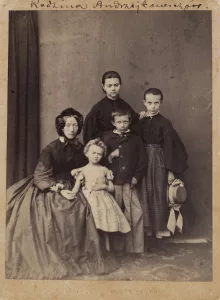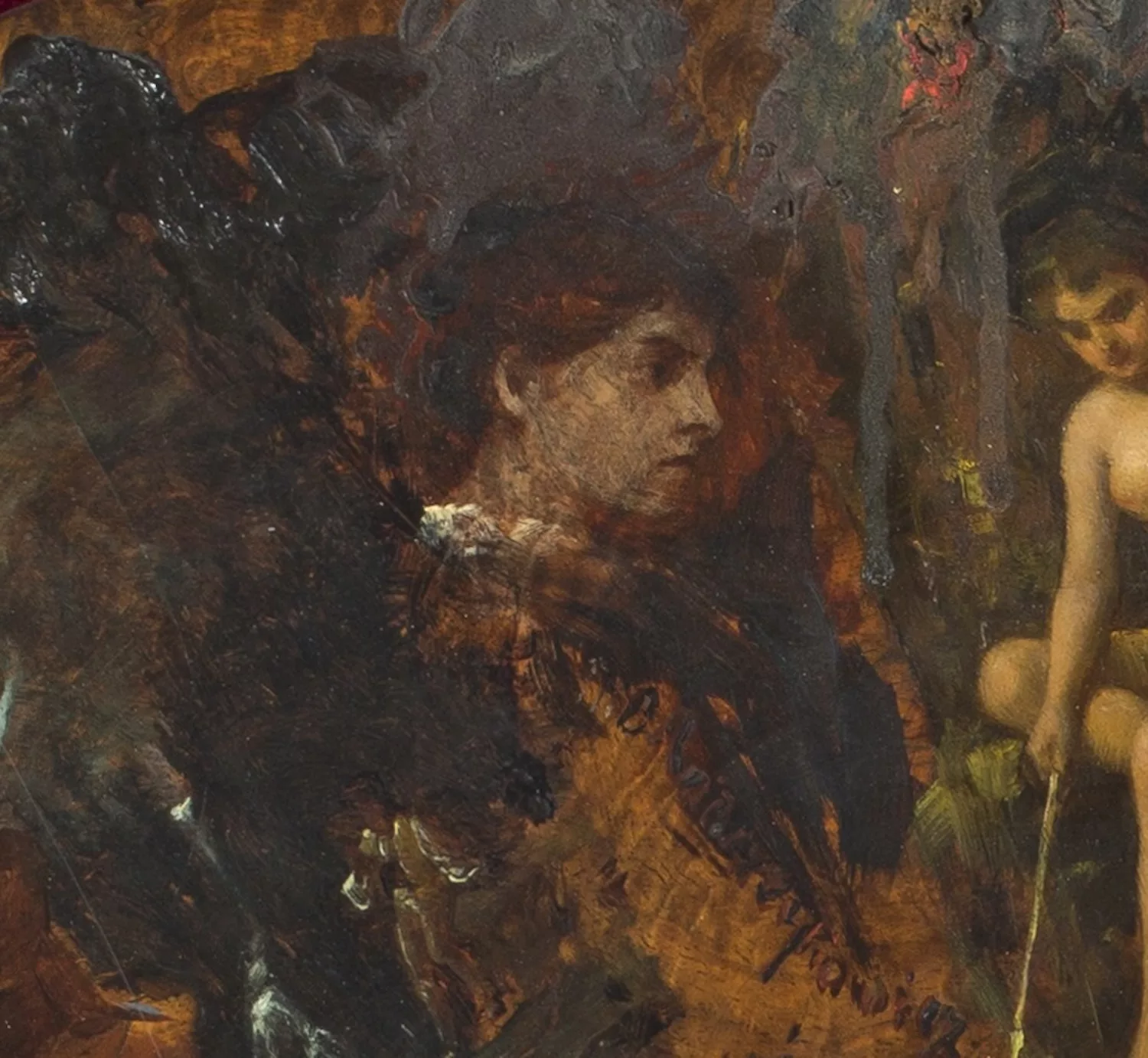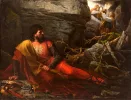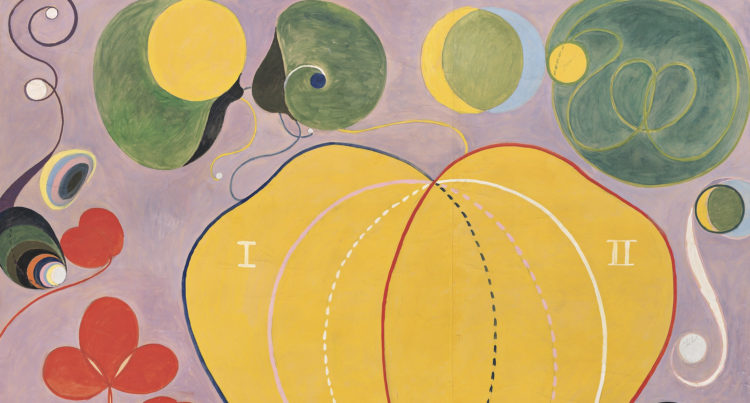Magdalena Andrzejkowicz (also Maria Magdalena Buttowt-Andrzejkowicz)
Bagińska, Agnieszka, “Magdalena Andrzejkowicz. Woman as a History Painter” in Anne-Maria Pennonen, Hanne Selkokari (eds.), Crossing Borders. Travelling Women Artists in the 1800s, exh. cat., Ateneum Art Museum/Finnish National Gallery, Helsinki (7 March – 28 August, 2025), Helsinki, Ateneum Art Museum / Finnish National Gallery, 2025, pp. 177-183
→Skalska-Miecik, Lilja, “Maria Magdalena Andrzejkowicz-Buttowt” in Morawińska, Agnieszka (ed.), Artystki polskie, exh. cat., National Museum in Warsaw, 1991, Warsaw, National Museum in Warsaw, 1991, p. 81
Crossing Borders. Travelling Women Artists in the 1800s, Ateneum Art Museum / Finnish National Gallery, Helsinki, March–August 2025
→Artystki polskie [Polish artists], National Museum in Warsaw, 1991
Polish history painter.
Magdalena Andrzejkowicz was the daughter of landowner Jarosław Buttowt-Andrzejkowicz and Helena Carpenter, who lived near Grodno. In 1867 her family moved to Riga, where she studied painting under Karl August Poorten (1817–1880). In 1872 she went to Munich and enrolled at the Kunstschule für Mädchen. However, she soon left the school and continued her studies under Alexander Liezen-Mayer (1839–1898).
M. Andrzejkowicz was a member of the Munich Kunstverein, and in 1877 exhibited there her first painting:Jan Kochanowski over the Corpse of His Daughter Urszulka(1876). The work, depicting the Polish Renaissance poet, established her reputation as a history painter. She alluded to Jan Matejko’s (1838–1893) painting of the same subject from 1862. However, the theatrical composition aligned her work more closely with that of Munich painters, particularly her teacher A. Liezen-Mayer and Carl von Piloty (1826–1886).
Apart from Munich, M. Andrzejkowicz’s paintings were exhibited at the Society for the Encouragement of Fine Arts in Warsaw and the Society of Friends of Fine Arts in Kraków. In 1879, she created Cardinal Giovanni de’ Medici at the Roman Excavations, which was praised by art critics for its excellent draftsmanship and harmonious composition. However, some critics speculated that she had not worked independently, as the painting displayed what was considered a ‘male’ level of skill and technique. Her next work, Tartars Playing Dice for a Captive (1880, lost), depicted a scene with multiple figures. The painting was lauded for its ethnographic realism and rich colour palette.
In 1881 M. Andrzejkowicz settled in Warsaw, where she soon opened a painting school for women. In the same year, she exhibited Władysław Łokietek in the Cave in Ojców (1881), depicting the Polish king from the late 13th and early 14th centuries. The painting was widely discussed in the press, and she later donated it to the National Museum in Kraków. In the following years, she created three more history and religious paintings, all now lost. One of them, The Mercy of Saint Jadwiga, was reproduced and discussed in Album malarzy polskich [Album of Polish Painters, 1884], in which M. Andrzejkowicz was the only female artist featured. M. Andrzejkowicz’s position in the Polish art scene was further acknowledged in a collaborative palette created by Polish painters in 1887. It features 32 small pictures painted by various artists, amongst them a female head in profile – her only surviving self-portrait.
M. Andrzejkowicz was closely associated with Polish aristocratic circles. She worked as a drawing teacher for the children of Róża Raczyńska, with whom she frequently travelled to Zakopane in the Tatra Mountains, where she designed furniture inspired by traditional folk craftsmanship. In the late 1880s she was forced to stop painting due to the threat of losing her eyesight. After leaving Warsaw, she retired to her family estate in Hornostajewicze, where she spent the rest of her life.
Many of M. Andrzejkowicz’s works have been lost, leaving the artist forgotten. A few of her paintings are held in Polish museums (the National Museum in Warsaw and the National Museum in Krakow) and private collections. Many are known from reproductions. Recent research and the participation of M. Andrzejkowicz’s paintings in exhibitions have led to her rediscovery as the only Polish history female painter.
In collaboration with the National Museum in Warsaw as part of AMIS: AWARE Museum Initiative and Support
© Archives of Women Artists, Research and Exhibitions, 2025




















